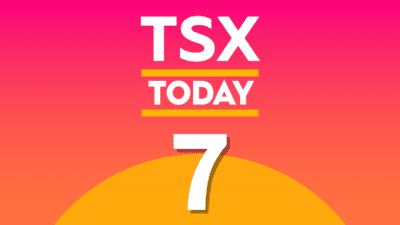There are several Canada Pension Plan (CPP) changes coming in 2023, and most of them are going to hurt. Some changes will help retirees who are already receiving the CPP (payouts will increase a little), but for working-age Canadians, the changes mostly involve extra “taxes.” I put taxes in scare quotes because there is some debate about whether CPP premiums really are taxes. They certainly feel like taxes prior to the age when you retire, although, theoretically, the money should be returned to you in the future.
At any rate, CPP premiums are rising, which is both a good thing and a bad thing.
In this article, I will explore the CPP change that is likely to hurt the worst in 2023 — and what you can do about it.
CPP enhancement
By far, the biggest source of increased CPP premiums in 2023 is CPP enhancement. That a program whereby the CPP premium increases incrementally from 2019 to 2023 to pay for higher benefits later. If you’re near retirement age, maybe this sounds like a good thing, but if you’re still working, then it mainly means extra CPP premiums come out of your paycheque.
There are two things that will increase CPP premiums in 2023:
Enhancement and maximum pensionable earnings. CPP enhancement increases the premiums paid on any given level of earnings, the maximum pensionable earnings increase hikes the amount of earnings that CPP premiums are paid on.
CPP enhancement is likely to hurt the worst of these two hikes, because there’s no escaping it. If you go well beyond the maximum pensionable earnings threshold, you cease paying additional CPP premiums. If you’re below it, well then, your premiums simply go up. There’s not a lot you can do about it, save for risky tax maneuvers aimed at lowering your tax bill. It’s possible to lower your CPP premiums by aggressively claiming credits and deductions to get your income level down, but if the CRA catches you doing this, you may get sued.
How it could harm your bank account
CPP enhancement could harm your bank account balance by increasing the amount of money you pay out in CPP premiums. Unless you get a big raise this year, you’re likely going to take a pay cut. Thanks to CPP enhancement and inflation, that’s just how the cookie crumbles.
A good way to offset the CPP premium hike
One legal way to offset the CPP premium hike is to make a lot of Registered Retirement Savings Plan (RRSP) contributions. This is a 100% legal way to lower your tax bill. Earlier, I’d mentioned that claiming lots of tax deductions could get you in trouble with the CRA. RRSP contributions are the exception: this is a deduction that the government wants you to claim!
You can invest money in an RRSP. If you hold a dividend stock like Royal Bank of Canada (TSX:RY) in your RRSP, you’ll pay no taxes on the dividends or capital gains. You’ll pay taxes on the withdrawals in the future, but the extra income you save by contributing can be invested. It’s worth it overall. Dividend stocks like RY are particularly good RRSP picks, because they create cash flows each and every single year.
With pure capital gains stocks, if you never sell them, you’ll never pay taxes on them. But RY’s dividends are immediately taxable unless you hold the stock in an RRSP or TFSA. So, if you’re going to be making RRSP contributions, consider spending them on dividend stocks.









